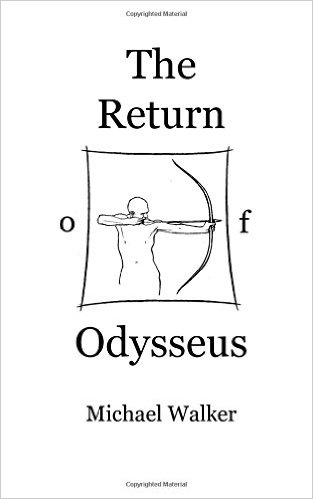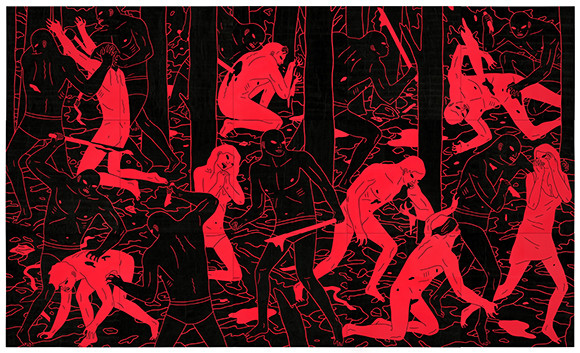Er Ist Wieder Da: The Joke is on You
 In this humorous film about Hitler’s return to modern-day Berlin, Er ist Wieder Da (English title: Look Who’s Back), Germans are caught on camera saying true things about Germany that are not what our elites want to hear. And it happens in the current year. They are so desperate to speak the truth that they are even willing to do so to an actor playing Hitler, Oliver Masucci (Italian and German heritage). This is remarkable, and it speaks to the desperation of German society. There must be such an infinite longing when one cannot dare utter the most commonsensical social observation, without reasonable fear of prosecution or at least censorship; and then to proclaim it for a film crew! It is ironic, and yet also somehow poetic. One cannot whisper the truth, yet one may broadcast it for millions, so long as they are willing to be cast as the fool in a masque of Cultural Marxism; a fool in the Shakespearean sense, which is to say, one who utters unspeakable truisms to an otherwise intolerant authority.
In this humorous film about Hitler’s return to modern-day Berlin, Er ist Wieder Da (English title: Look Who’s Back), Germans are caught on camera saying true things about Germany that are not what our elites want to hear. And it happens in the current year. They are so desperate to speak the truth that they are even willing to do so to an actor playing Hitler, Oliver Masucci (Italian and German heritage). This is remarkable, and it speaks to the desperation of German society. There must be such an infinite longing when one cannot dare utter the most commonsensical social observation, without reasonable fear of prosecution or at least censorship; and then to proclaim it for a film crew! It is ironic, and yet also somehow poetic. One cannot whisper the truth, yet one may broadcast it for millions, so long as they are willing to be cast as the fool in a masque of Cultural Marxism; a fool in the Shakespearean sense, which is to say, one who utters unspeakable truisms to an otherwise intolerant authority.
At times the viewer may cringe, insofar as these civilians are being made fun of, but also the viewer may exalt, in that there is man and frau in Deutschland still capable of rational thought. Likewise, the character Hitler is capable of speaking to taboo themes in film that would not otherwise be permitted in that diversity-whipped country. As Gavriel Rosenfield notes in his review of the 2011 bestselling novel on which the film is based, it risks “glamorizing what it means to condemn”: readers can “laugh not merely at Hitler, but also with him.” One may call it artistic license, but in any case, it does make for interesting art. Read more











